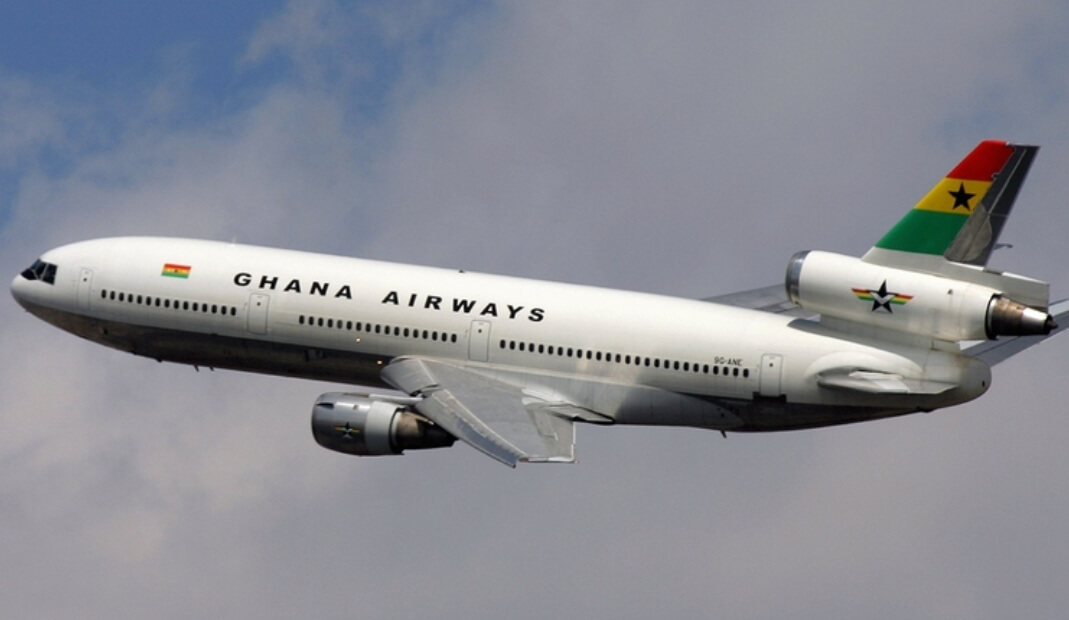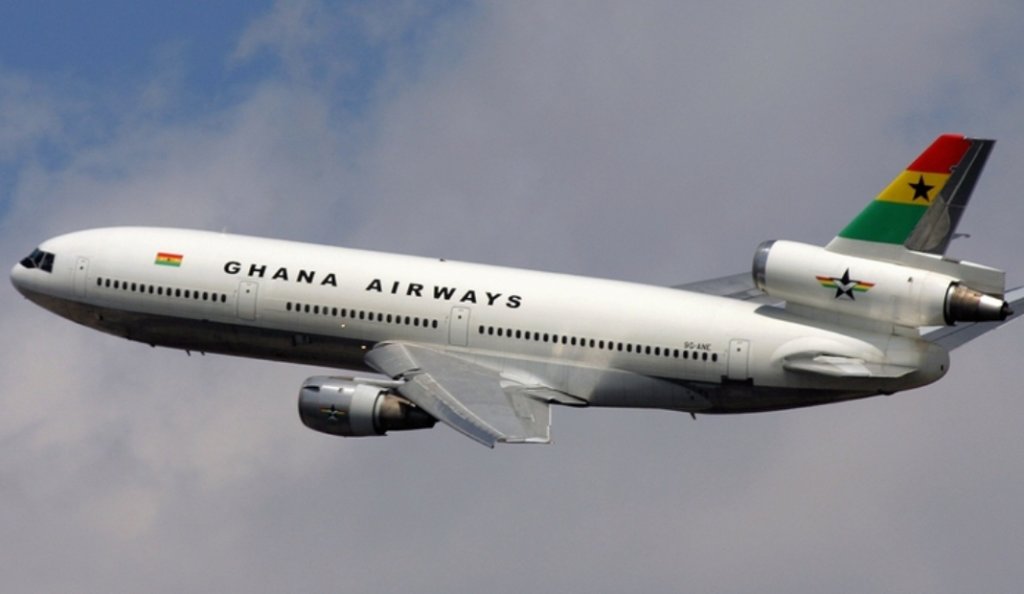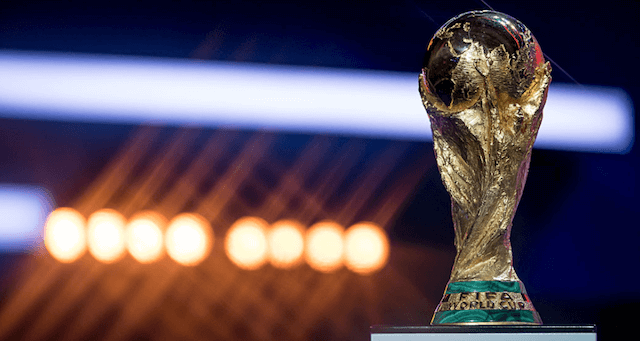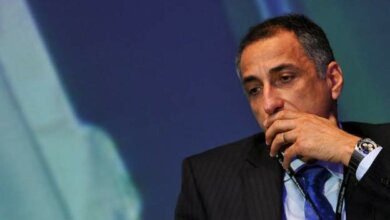What Happened To Ghana Airways — once Africa’s flagship airlines?

Founded by Ghana’s government in 1958, Ghana Airways was a joint venture between the government who held a 60% stake in the airline and the British Overseas Aircraft Corporation (BOAC). Under a seven-year agreement of understanding, BOAC staff ran the airline while Ghanain personnel were sent to London for training.
When the airline came into existence, the industry was very different from today, with state-owned carriers the norm. The problem with this was that in an industry that runs on the thinnest of profit margins, state-run carriers were always looking towards the government for handouts. As demand for flying increased, bloated, overstaffed, inefficiently run airlines found it hard to compete with private carriers who were more inventive in the way they operated.
Ghana Airways purchased Soviet planes
The first aircraft to be registered in the newly independent nation was a propeller-driven de Havilland Heron. A second rugged Heron was delivered in 1959 with a Douglas DC-3 in March of the same year. In April 1959, Ghana Airways wet-leased a Bristol Brittania 102 from BOAC and replaced the Boeing 377 Stratocruiser used for flights between Accra and London.
In 1960 Ghana Airways ordered two British-built Vickers Viscounts, which led to then-President Kwame Nkrumah being accused of being in cahoots with western governments. To counter this, the government, which owned a majority stake in Ghana Airways, entered into an agreement with the Soviet Union for six Ilyushin Il-18s, at the cost of £670,000 each. When the aircraft arrived, they were operated by Soviet crews while Ghanain pilots were being trained. In November of 1960, Ghana Airways also took delivery of a four-engined Antonov An-12 turboprop.

The Jet Age
With the jet age upon us, Ghana Airways wasted no time ordering two Boeing 707-420s and three Vickers VC10s. The plan was to use the new jets on flights to the United States along with commencing service to Sydney and Tokyo.
Looking to distance itself further from foreign influences, Ghana saw its airline as a symbol of the newly independent state and reached an agreement with BOAC to buy out the British companies’ 40% stake in the airline. When a check was presented to BOAC boss, Sir Duncan Cumming, Ghana Airways simultaneously signed a contract renewing BOACs management agreement first signed in 1958. In July 1961, the Ghanaian government announced that it was reorganizing the airline and canceled Ghana Airways’ commitment for the two Boeing 707s.
Three years before it was due to expire, Ghana Airways terminated its pool agreement with BOAC in 1962 and signed a new agreement with Alitalia to cooperate on flights between Accra and Rome. BOAC saw this as a problem, and by 1963 relations between the UK carrier and Ghana Airways were nearly nonexistent despite BOAC still handling Ghana Airways ground operations at London Heathrow.
The VC10 arrived
The first of its VC10s arrived in late 1964 and were operational on flights between Accra and London in February 1965. Ghana Airways’ second VC10 arrived in 1965 and was put on the Accra to Beirut route. Both VC10s were configured in a two-class set up with 20 first class seats and 80 economy class seats.
Read also: Late Sculptor and Pan-African Dr Oku Ampofo visits Embassy of Ghana in Washington DC again
A military coup removed President Kwame Nkrumah from power in 1966 and, under the title of National Liberation Council (NLC), immediately started to eliminate loss-making Ghana Airways routes. They also canceled Ghana Airways flights to Cairo due to Egyptian President Gamal Abdel Nasser’s support for the former Ghanaian leader.
Flight to the USA
Ghana Airways took delivery of its first McDonnell Douglas DC-9 in 1975 while placing an order with the American planemaker for a DC-10. While waiting for this DC-10 to be delivered, the West African airline leased a unit from KLM and returned the plane when its order with McDonnell Douglas arrived in 1983. Ghana Airways wet-leased its new DC-10 to Caribbean Airways who operated a twice-weekly service between London Gatwick Airport and Barbados. In between flights to the Carribean, the aircraft operated on the Accra-London route.
In 1994 Ghana Airways began flying to New York’s JFK airport with a DC-10 that it had leased from Skyjet. When Ghana Airways received its Category One status from the US Federal Aviation Administration in 1996, Ghana Airways operated flights to the USA utilizing Ghanaian-registered DC-10s. In 2000, Ghana Airways offered flights between Accra and Baltimore, Maryland, its second American gateway. In November 2001, Ghana Airways operated the Accra-Baltimore flight via a stopover in Banjul in The Gambia, thereby becoming the first direct flight between the Gambia and the United States.
Ghana Airways had massive debt
However, things did not go smoothly, with passengers in Banjul threatening to burn down the Ghana Airways office. In January 2002, a full flight arrived in Banjul from Accra, took on fuel, and then departed for Baltimore leaving Gambian passengers hoping to fly to Baltimore stranded at the airport.
In the same year, one of the airlines’ DC-10s was seized at London Heathrow when a British creditor of the airline got a legal junction to recoup some of the £4 million that it was owed. Following the seizure, Ghana Airways chairman Sam Jonah said that the airline had debts of $160 million and would not survive without a foreign partner.
The British creditor later released the DC-10 after receiving a payment of $1 million. In September 2002, the Ghanaian government announced that it had entered into an agreement with South Africa’s Nationwide Airlines and that Ghana Airways would be renamed Ghana Nationwide International Airlines. This relationship did not last long, with the government saying in 2003 that it had withdrawn from the deal with Nationwide and was now involved with British Midland.
British Midland
Fly Ghana Limited, of which the government would be the main shareholder, would operate for a limited time a separate entity to Ghana Airways before the two would be combined to form New Ghana Airways. Under the plan, British Midland would supply two Airbus A330s for the Accra-London and Accra-New York routes, with the DC-10s being used on other international long-haul routes. British Midland said that for New Ghana Airways regional routes, it would operate a fleet of Fokker 100s.
In 2004, under the pretext of operating unsafe aircraft on an out-of-date license, the United States Department of Transportation banned the airline, forcing it to cancel its New York and Baltimore flights.
Ethiopian Airlines offers to help
The banning led to the Ghana Airways board being fired by the government and the government taking over full control of the airline. In 2005 the talk was that Ethiopian Airlines had offered to help keep Ghana Airways afloat but that the Ghanaian government would only get a 25% stake in the airline. This idea did not go down well, and when the government refused to give the airline any more money, it was liquidated in June.
Last year, some 15 years after being liquidated, the Ghanaian government announced that a memorandum of understanding had been signed with EgyptAir. If the Ghanaian government is smart, it will see that state-run airlines don’t work and take a back seat. All they need to do is look at the African continent’s most successful airline, Ethiopian Airlines and notice how Addis Ababa doesn’t interfere with how the airline is run.
Did you ever fly on a Ghana Airways flight? If so, we would love to hear what you thought of them in the comments.
Source: Mark Finlay
Oral Ofori is Founder and Publisher at www.TheAfricanDream.net, a digital storyteller and producer, and also an information and research consultant.




